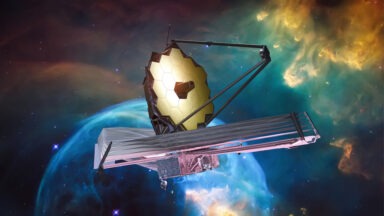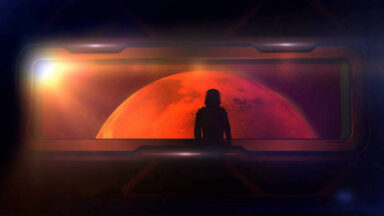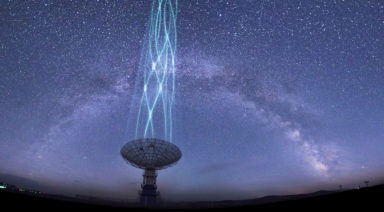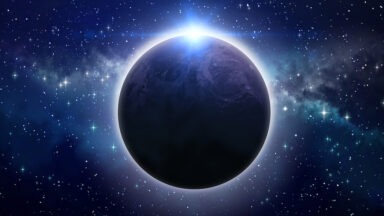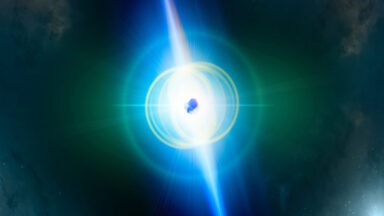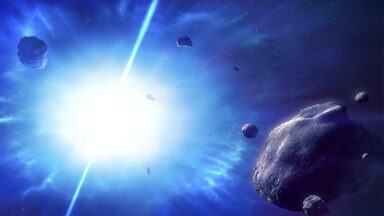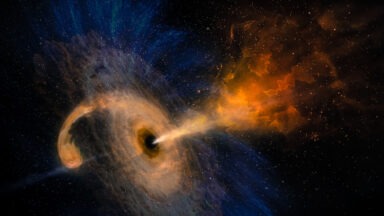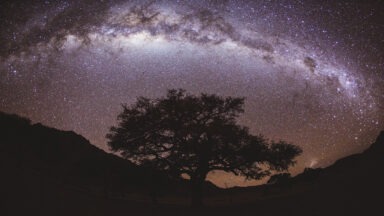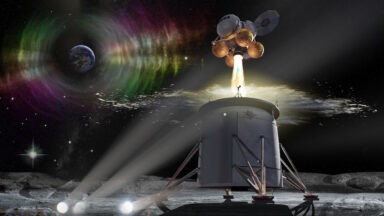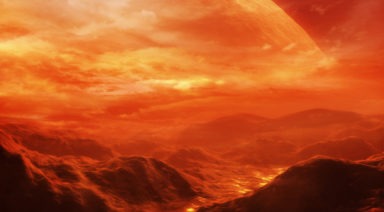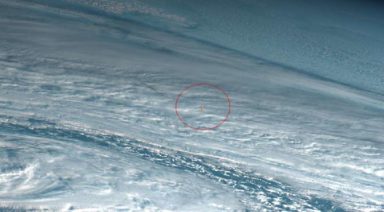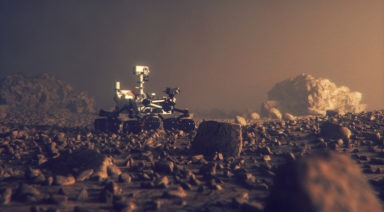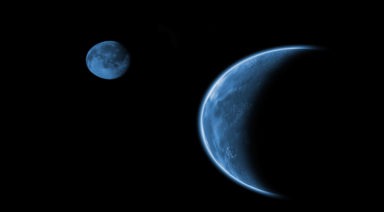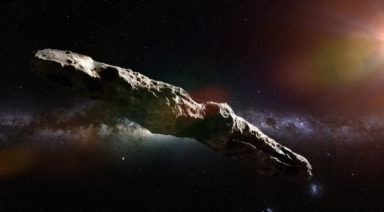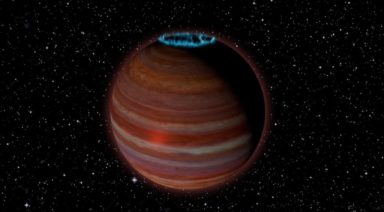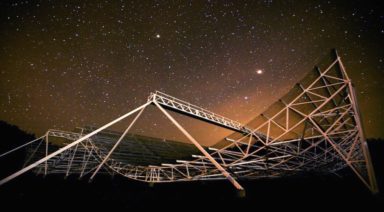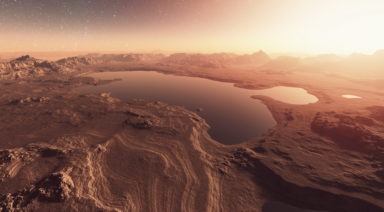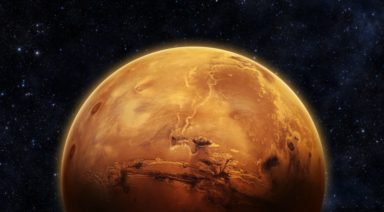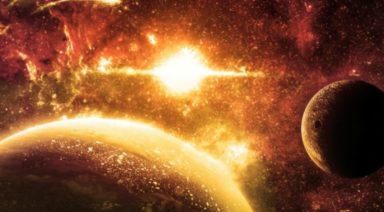Government Admits Oumuamua Wasn’t First Interstellar Object

The U.S. military confirmed the first interstellar object to hit Earth was years before Oumuamua and corroborates research done by a famous astronomer.
We’ve reported before about Oumuamua, the first interstellar object to enter our solar system in 2017, and Harvard professor Avi Loeb’s book arguing Oumuamua might be extraterrestrial. Whatever it was, its existence was remarkable as the first interstellar object to enter our solar system.
But now, we are learning that Oumuamua was the second interstellar object to enter our solar system, and this discovery was made by none other than Avi Loeb.
In 2019, Loeb, working with his student Amir Siraj, combed through the database of meteors looking for other interstellar objects. When they found evidence of a fast-moving meteor that hit the Earth, they wrote a paper arguing it was interstellar too and preceded Oumuamua by almost four years.
“The referees of the paper that we wrote rejected the paper, and argued that it should not be published,” Loeb said. “Because they don’t trust the government and perhaps the uncertainties that are often quantified in the scientific literature as ‘error bars,’ which they are just the level of uncertainty in the measurements (that) are unknown.”
So the paper could not go through peer review or be published because although they used a public government database, the level of uncertainty, or error bars, were kept classified. The U.S. military does not reveal that information as it could give away the sensitivity of their equipment. The paper was stuck in academic limbo until now…
The U.S. Space Command just released a memo sent to NASA’s science chief confirming Loeb and Siraj’s work. Sharing in a tweet that they, “confirm that a previously-detected interstellar object was indeed an interstellar object.”
Besides proving Loeb right, that the meteor in 2014 was interstellar, what is the significance of this event?
“First of all, the government helps the progress of science, which is quite a watershed moment in a way, because this was classified information, they were willing to release part of it — they are not giving us the full measurements — but they’re saying at 99.999 percent, that we were right in our 2019 paper with my student,” Loeb said.
“The second point is this is actually the first interstellar object to have been detected because it predates Oumuamua by almost four years. Finally, Oumuamua was about 100m in size, and we discovered it with telescopes because of the reflection of sunlight. In the case of a meteor, you see the fireball generated as it rubs against the atmosphere and burns up, and so you can see smaller objects because you are not relying on reflection of light from the sun.”
So what’s next? Can we find this object on Earth?
“Any meteor is disintegrating into fragments, so we can go off the coast of Papua New Guinea where this meteor landed and look for the fragments from this meteor and study it,” Loeb said.
“That’s not a very expensive expedition; much less than the billion-dollar space mission needed to land on an object like Oumuamua, the first interstellar object reported. So, it offers a completely new way that is not so expensive, at learning about the composition of the material that made the object, about perhaps whether it’s natural or artificial in origin. We can put our hands on whatever is left from it and bring it to laboratories at a relatively modest cost.”
What does this whole series of events show us about the future of science and space exploration?
“Science is supposed to be guided by evidence, not by prejudice, and not by the number of likes on Twitter,” Loeb said. “Altogether, I think it’s a celebration of science in the sense that the government is willing to declassify some information that is of national security importance. Second, we found a new avenue for exploring the nature of objects the size of a meteor that came from outside the solar system. It’s very likely that, in terms of artificial objects produced by extraterrestrial civilizations, there are many more small objects than big objects.”
Loeb and Siraj argue that studying interstellar meteors could prove extraterrestrial life, saying in their paper that meteors could, “deliver life from another planetary system.”
Is The Universe One Big Interconnected Neural Network?

Is the universe an interconnected neural network? A new way of thinking is emerging about how different areas of physics and the universe could be connected to create a model that ties together traditional scientific thought with new ideas in quantum physics.
For years physicists have tried to unify classical and quantum physics. Classical physics goes back to the time of Sir Isaac Newton and is based on mechanical, physical equations; that everything operates like clockwork, predictably and knowably.
Quantum physics, on the other hand, looks at microscopic, subatomic scales and how they interact at the levels of particles, waves, and forcefields. But the fundamental laws of physics at this quantum level are the antithesis of their behavior at the classical level. Instead of certainty, you have uncertainty. So how do we connect these different views with a so-called “Theory of Everything”?
A recent paper by University of Minnesota Duluth Physics Professor Vitaly Vanchurin, argues that this seeming paradox can exist if the universe is connected in a neural network.






